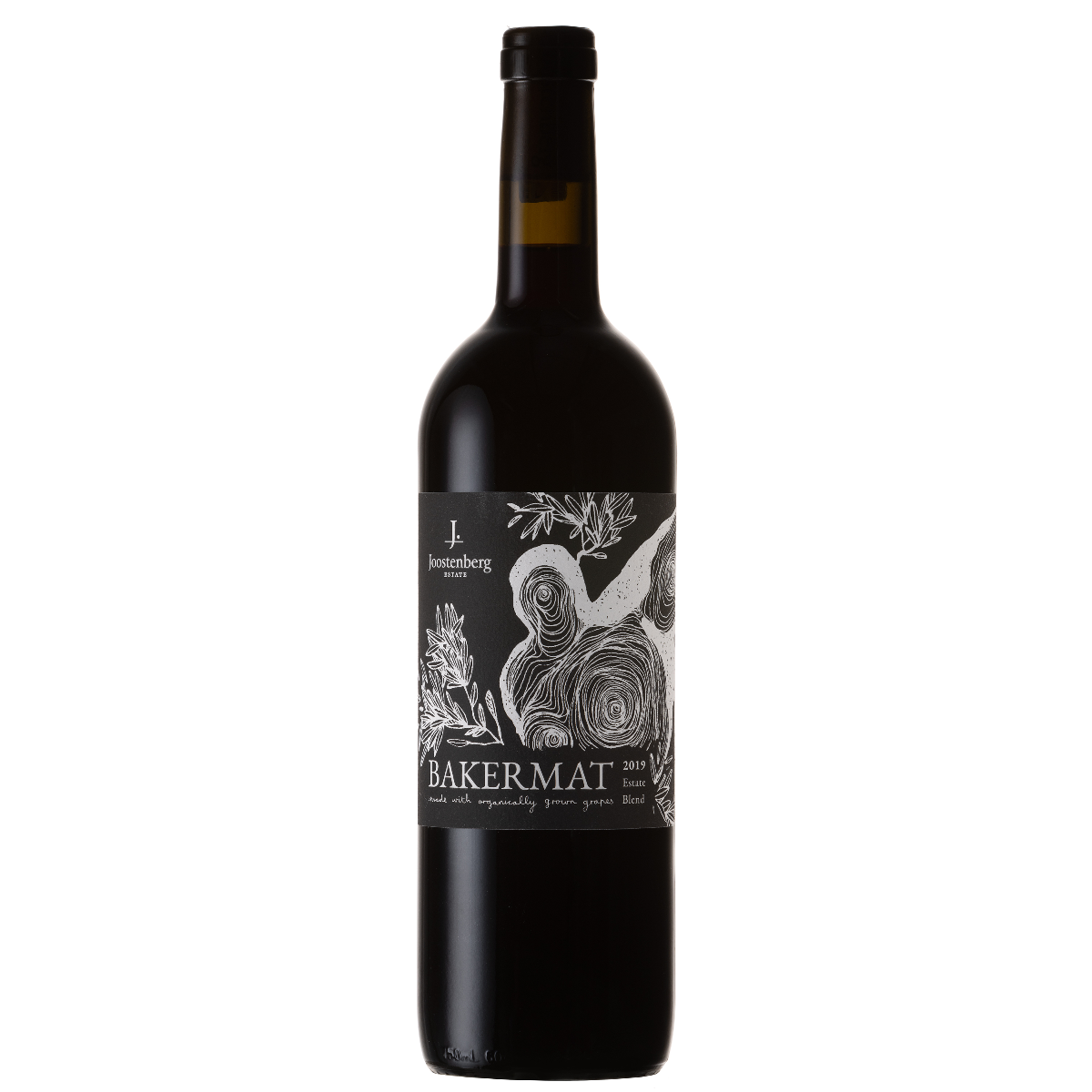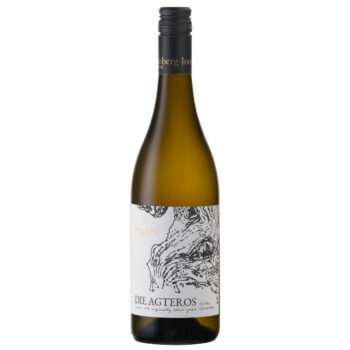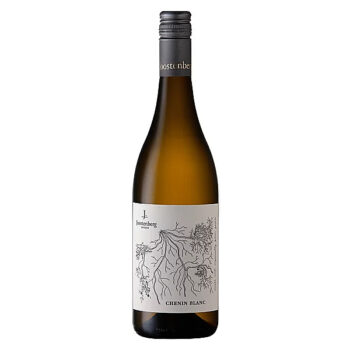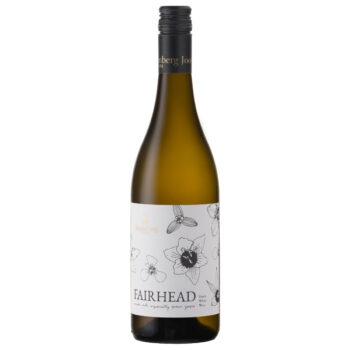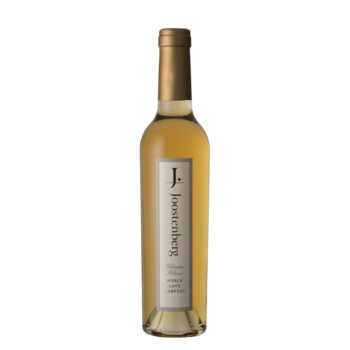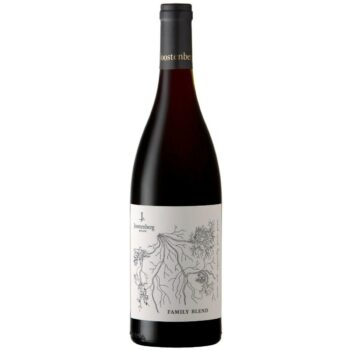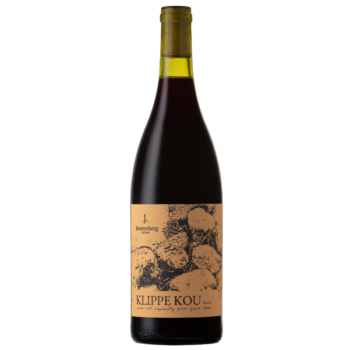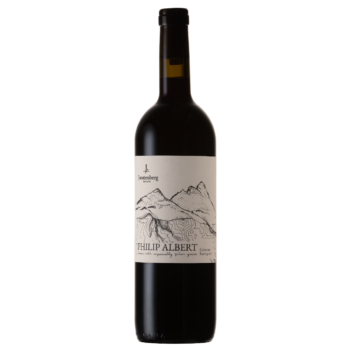Syrah 41%, Cabernet Sauvignon 24%, Mourvédre 22%, Touriga Nacional 13%
Bakermat, meaning “birth-place” or “cradle” in Dutch, pays homage to Joostenberg, home of the Myburgh family for 6 generations. This is the premium red wine from the estate and every effort has been taken to ensure that it is a genuine expression of the Joostenberg terroir.
All the grapes were hand-picked. Cabernet Sauvignon was de-stemmed while the Syrah, Mourvedre and Touriga Nacional were partially de-stemmed (66%). Fermentation took place in open-topped tanks. Maturation occurred in 500L French oak barrels for the 1st 12 months and then in concrete (66%) and 500L barrels (34%) for a further 10 months.
Christian Eedes, Winemag: “Subtle aromatics of cranberry, raspberry cassis, some floral perfume, fynbos, white pepper and other spice on the nose. The palate is medium-bodied with fresh acidity and a gently savoury finish. Understated and nicely composed. 91/100.”


